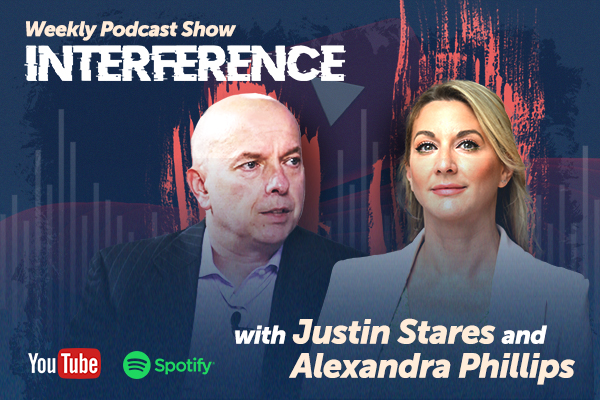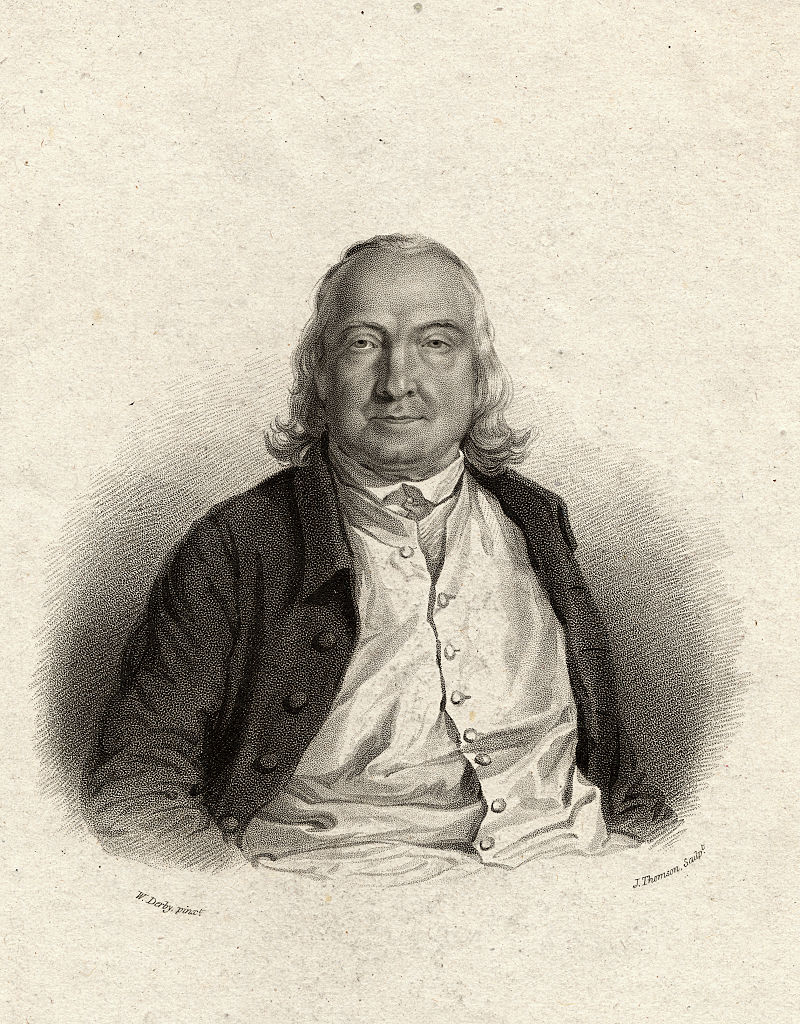One of the most absurd features of our times is the intentional and unintentional attempts to, for lack of a better term, “make Hitler cool again.” This became most obvious during a recent marketing campaign for the fashion company “American Eagle” that featured the attractive actress Sydney Sweeney in a way you would expect: Mostly looking good, thereby creating the usual longings among men and women alike. Guys dream to be with her, girls dream to be her – nothing particularly new and something that we have seen in fashion commercials for decades. What is new is that apparently a significant number of online influencers (although the degree of their actual influence could be debated) are claiming that Ms. Sweeney is making Nazi propaganda.
As I mentioned in my recent podcast with Peter Boghossian, we have to ask what isn’t “Nazi Propaganda” for the Left. The term is thrown around so frequently that it is beginning to lose all meaning, but there is something else going on: First, if you start claiming that attractive women who dress well are akin to Nazism, you will be surprised how many people will be drawn to it simply by that claim. Secondly, there is a trend towards making sympathy for the Nazis part of the counterculture. I hasten to add that I do not think that most of those who participate in this are actual Nazis or Fascists in the 1930s sense, or have really engaged with these ideologies (since Fascism and National Socialism are not entirely the same) as such. It is more like the college student who puts up a Che Guevara poster in his dorm room. It is an attempt at being cool in a edgy way, not a political statement. That being said, however, as we see with communist and socialism once you make the symbols of these ideologies cool, you will get more of it and at some point have politicians like Bernie Sanders and Zohran Mamdani who are cosplaying their ideology, but this could still have real world consequences. Because even playing dress up requires some real-world action, which brings me to the third consequence.
The third consequence is that we are witnessing the emergence of what I call “aesthetic fascism” among young people, particularly on social media platforms. Recent studies have shown that content glorifying Hitler has received over 50 million views across X, YouTube, TikTok, and Instagram throughout 2024. This is not happening in some dark corner of the internet, but is increasingly being mainstreamed. What also helps is AI-generated content that translates Hitler’s speeches into English, often accompanied by fashionable visuals featuring influencers that make what is being said seem cool. And it is working: Polling data shows that 21 per cent of Gen Z Americans (ages 18-29) believe Hitler had “some good ideas,” compared to only 5 per cent of those over 65.
What makes this particularly insidious is how it is packaged. Gone are the obvious swastikas and “blood-and-soil” symbols. Instead, we see what researchers have termed “Nazi chic,” a sophisticated aesthetic that borrows from fascist imagery while making it palatable to contemporary audiences.
Consider the recent trend where thousands of Gen Z users accidentally got Nazi symbol tattoos after a TikTok influencer promoted what she claimed was a “symbol of unity”. Even though the influencer later apologised, this story demonstrates the growing attractiveness of “fascist fashion” among young people. Nazi imagery can spread among young people who are longing for a cultural rebellion, even if the symbols of this rebellion are disconnected from any historical context.
The Tucker Carlson controversy provides another example. When Carlson platformed revisionist “historian” Darryl Cooper, who portrayed Winston Churchill as “the chief villain of World War II,” and found all kinds of apologies for Nazi atrocities, the interview garnered nearly 30 million views. Cooper’s podcast surged to the Number 2 spot on Apple Podcasts following the appearance, and was widely discussed on traditional and social media. What’s remarkable is not just that such content found an audience (there is always an audience for almost everything), but how it was initially promoted by figures such as Elon Musk as “very interesting” and “worth watching” before being quietly retracted.
Meanwhile, mainstream institutions seem paralysed by their own contradictions, and they did contribute significantly to this phenomenon. The same media outlets that breathlessly report on “Nazi propaganda” in jeans advertisements, and who see a fascist behind every slightly right-of-centre political view have simultaneously spent years normalising extremism through their “Nazi next door” obsession.
This creates a perfect storm in the zeitgeist sphere: Legitimate criticism of overreach gets dismissed as “Nazi apologism,” while actual extremist content gains traction by positioning itself as the forbidden alternative. When everything becomes “Nazi propaganda,” nothing is. When attractive women in American clothing become symbols of fascism, actual fascist aesthetics begin to look reasonable by comparison.
The irony is palpable: in our desperate attempts to prevent the normalisation of Nazism, we may have accomplished precisely that goal. When Sydney Sweeney selling jeans becomes a fascist dog whistle, we shouldn’t be surprised when young people start wondering what all the fuss is about. After all, if this is what passes for Nazi propaganda, maybe the real thing isn’t so bad. In his indispensable book Dominion, the historian Tom Holland argues that Hitler has effectively replaced Hell in the Western imagination: He is not just a historical figure, but the reference point against which all evil is measured, the new symbolic “devil” for an age that no longer believes in heaven or hell. We see this everywhere, from casual online debates to the persistent invocation of Nazi analogies in discussions of everything from fashion controversies to political disagreements. Such rhetorical ubiquity turns Hitler from a historical warning into a kind of perverse pop culture anti-hero, which paradoxically can diminish rather than reinforce the horror of his crimes. That’s the most dangerous consequence of all, and one that we have brought entirely upon ourselves.






Is civil war coming to the West?